The story of Nara Dreamland is the most audacious gamble in theme park history. It began as a beautiful, unauthorized copy of Disneyland, built to bring American fantasy to Japan. But the ultimate tragedy is that this ghost no longer exists.
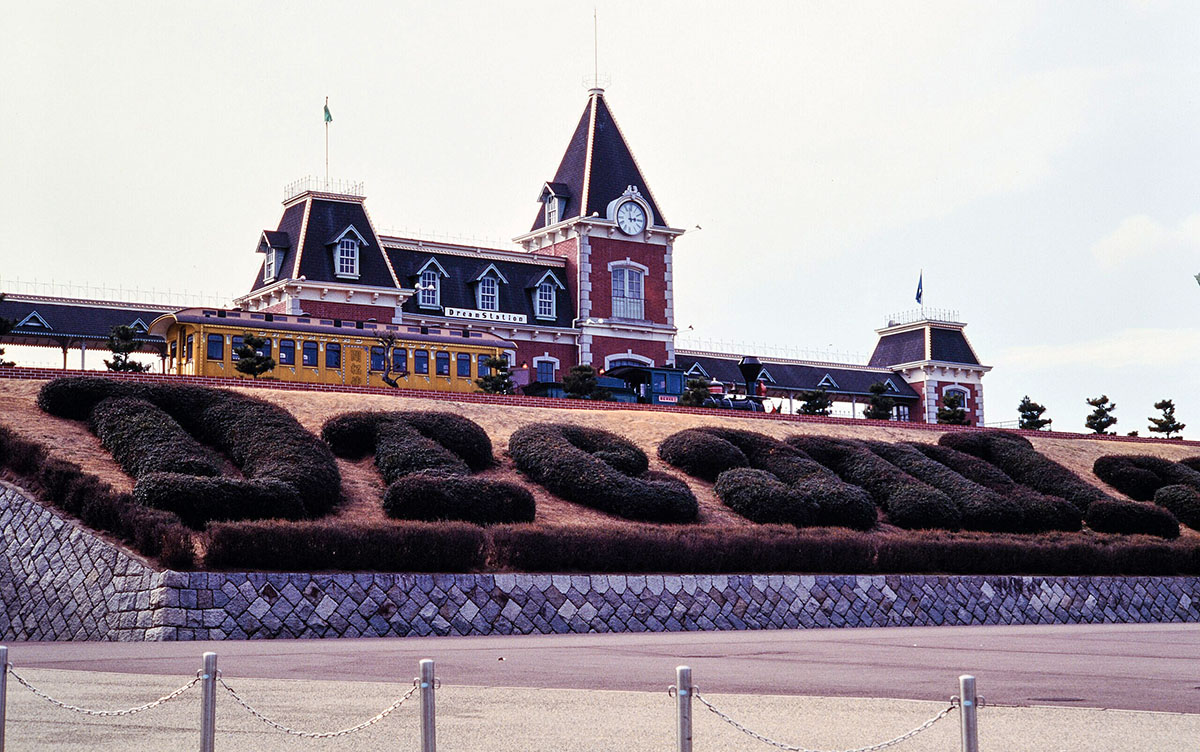
For me, as someone with an interest in abandoned places, my research focused on the park’s afterlife: the surreal decade when it was abandoned and its complete erasure in 2017. This is the haunting story of a dream that was not only lost but was entirely wiped off the map.
Where is Nara Dreamland?
The theme park was located in the city of Nara, the historical and spiritual heart of Japan’s vibrant Kansai region. This area also includes the sprawling metropolises of Osaka and Kyoto. As Japan’s first permanent capital in the 8th century, it is world-renowned for its serene parks, magnificent ancient temples and the hundreds of wild sika deer that roam freely among its historic sites.
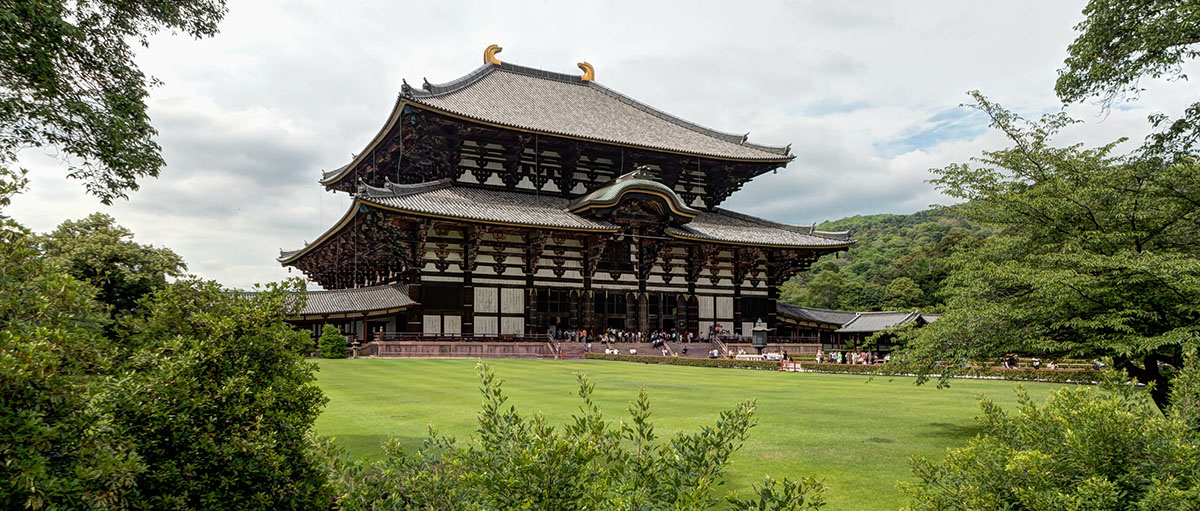
The park itself was built not within this ancient core, but on a large, carefully chosen plot of land on the city’s northern outskirts. This placement was chosen deliberately to distinguish it from the tranquil city centre. Positioned just off the bustling National Route 24 and a short ride on the main JR and Kintetsu train lines, its was easily accessible to the tens of millions living in nearby Osaka and Kyoto.
The History of Nara Dreamland
The story of Nara Dreamland is fundamentally the story of one man’s ambition. Kunizo Matsuo was a prominent Japanese businessman and the president of the Matsuo Entertainment Company (MEC). His background was in cinema, owning a chain of movie theatres. This gave him a keen understanding of the public’s appetite for American-style entertainment and spectacle. In the late 1950s, Matsuo took a trip to the United States and visited the recently opened Disneyland in Anaheim, California. The experience left a profound impression on him. He was astonished by the park’s immersive theming, technical innovation and the sheer joy it created. He became obsessed with recreating that magic for a Japanese audience.
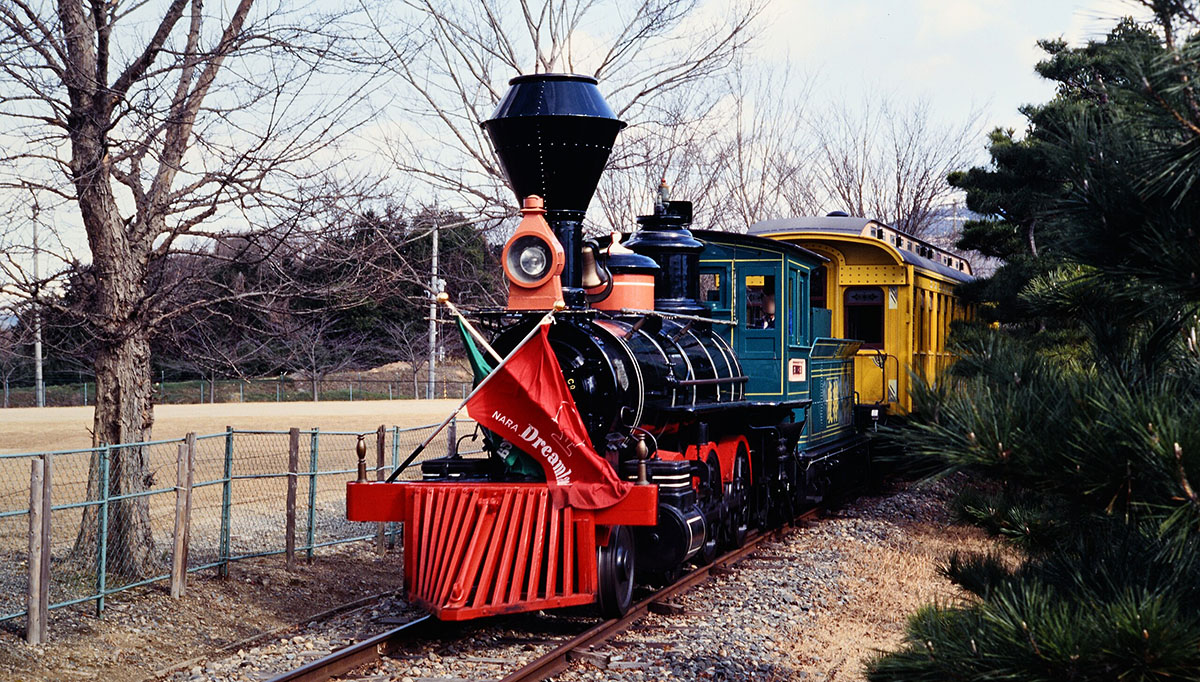
Determined to bring this vision to life, Matsuo met with Walt Disney to negotiate a partnership. The initial collaboration was genuine. Disney’s own Imagineers were involved in the preliminary designs for a park in Nara. They shared blueprints and concepts, laying the groundwork for what was intended to be Japan’s official Disneyland. However, as the project moved from concept to construction, the relationship soured. The sticking point was the licensing fees for using Disney’s intellectual property. The fees demanded by Disney were, in Matsuo’s view, prohibitively expensive. Faced with a choice between paying a premium or abandoning his dream, Matsuo chose a third, incredibly bold option. He paid the Disney engineers for their contributions, severed the official partnership and decided to build the park himself, using the knowledge and plans he had already acquired.
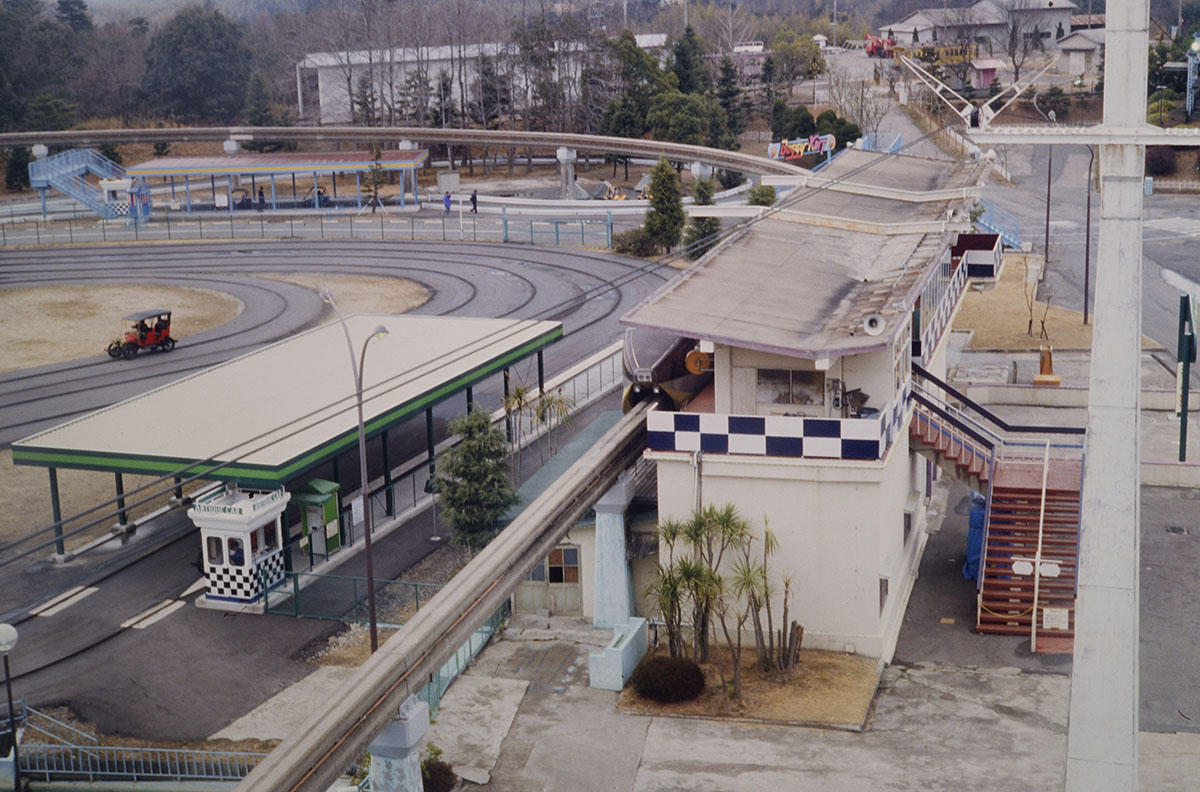
On 1 July 1961, Nara Dreamland opened its gates. To anyone who had seen pictures of the original, the resemblance was undeniable and entirely intentional. The park was a meticulous, unauthorized replica of Disneyland’s core experience. Visitors entered through a near-identical Main Street U.S.A., a charming avenue of shops and eateries leading towards the park’s centrepiece: a pink Sleeping Beauty Castle. The park’s layout mirrored Disneyland’s hub-and-spoke design, with themed lands branching off from a central plaza.

The attractions were direct copies. Autopia-style car ride, a monorail, a skyway with gondolas, teacups and a steam train that circled the park. Most famously, the park featured its own version of the Matterhorn Bobsleds, a snow-capped mountain with a thrilling coaster weaving through it. To populate this fantasy world without Disney’s characters, Matsuo introduced the park’s own mascots, Ran-chan and Dori-chan, two children dressed in bearskin guard-like outfits. For years, the park was a phenomenal success. In a time when international travel was a luxury for most Japanese citizens, Dreamland offered the next best thing to a trip to America, attracting over 1.6 million visitors a year at its peak.
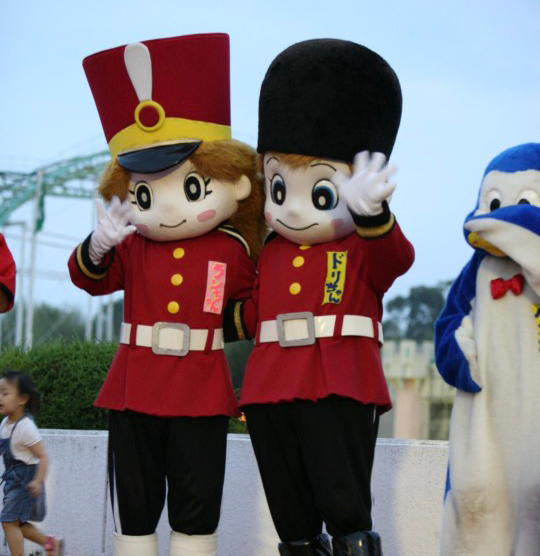
While the park began as a copy, it didn’t remain static. Over the decades, Nara Dreamland invested in new attractions that gave it a unique character, distinct from its Disney inspiration, as its focus gradually shifted towards more thrilling rides to cater to a new generation. This evolution began in earnest with the 1979 installation of the Screw Coaster, a double-corkscrew steel roller coaster by Arrow Dynamics that became one of the park’s signature attractions.
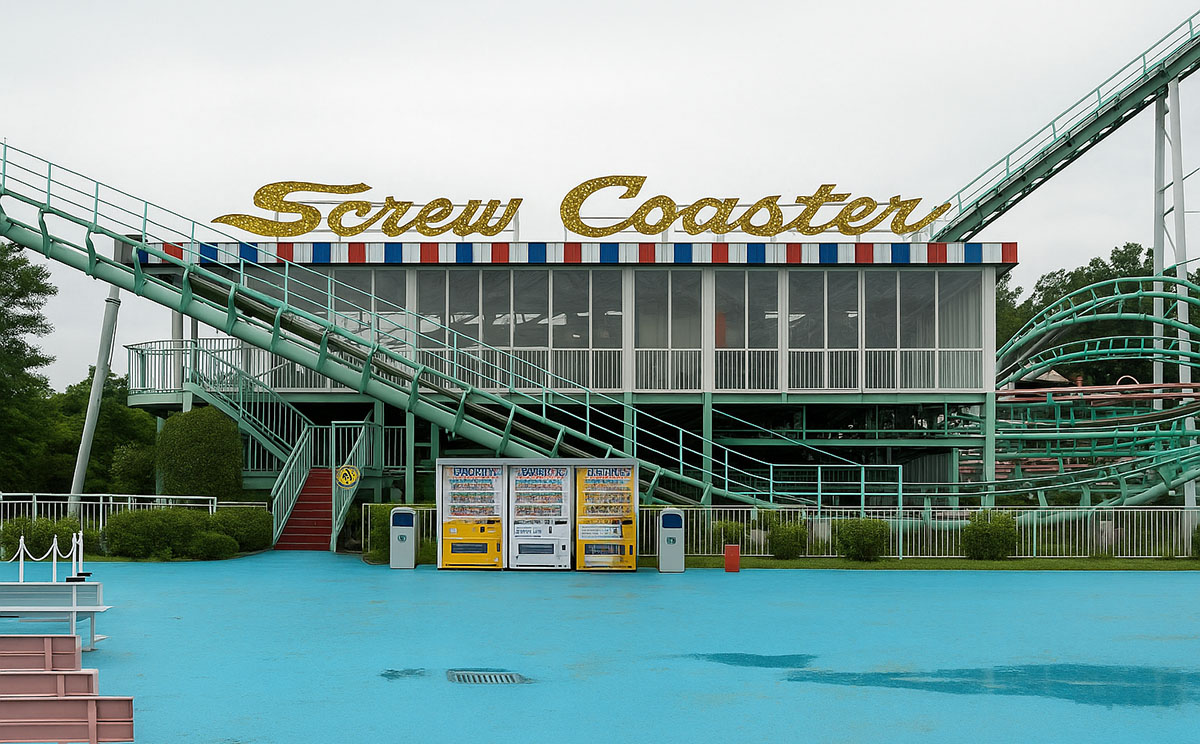
To further differentiate itself, Dreamland added a large water park with multiple slides and pools, a feature Disneyland lacked that proved popular during Japan’s humid Summers. Over the years, other rides like a log flume and a free-fall tower were also added to keep the line-up fresh. The park’s last major attempt to redefine itself came in 1998 with the addition of its most famous and beloved ride: Aska, a magnificent wooden roller coaster modelled on the legendary Cyclone at Coney Island. Though praised by coaster enthusiasts worldwide, these additions were ultimately not enough to save the park from its eventual decline and closure.
Why was it Abandoned?
Nara Dreamland was abandoned primarily due to the arrival of authentic, world-class competition that its aging, imitation-based model simply could not withstand. The park’s decline was a slow process, marked by two major waves of competition that ultimately made its business unsustainable.

The first and most significant blow came in 1983 with the grand opening of Tokyo Disneyland. The Oriental Land Company had succeeded where Kunizo Matsuo had failed, securing a full, official license from The Walt Disney Company. This wasn’t just another park, it was a massive, state-of-the-art resort built with Disney’s direct oversight, immense financial backing and relentless marketing power. It was an immediate and colossal sensation.
The impact on Nara Dreamland was devastating and immediate. For over two decades, Dreamland had thrived by offering a facsimile of the Disney experience. Suddenly, the Japanese public had access to the real thing. Tokyo Disneyland had the authentic characters, the superior budget, the pristine maintenance and the constant innovation that came with the Disney brand. Why visit a copy when the genuine article was now available? Visitor numbers at Nara Dreamland began a steep and irreversible decline as families flocked to Tokyo to experience the authentic magic.
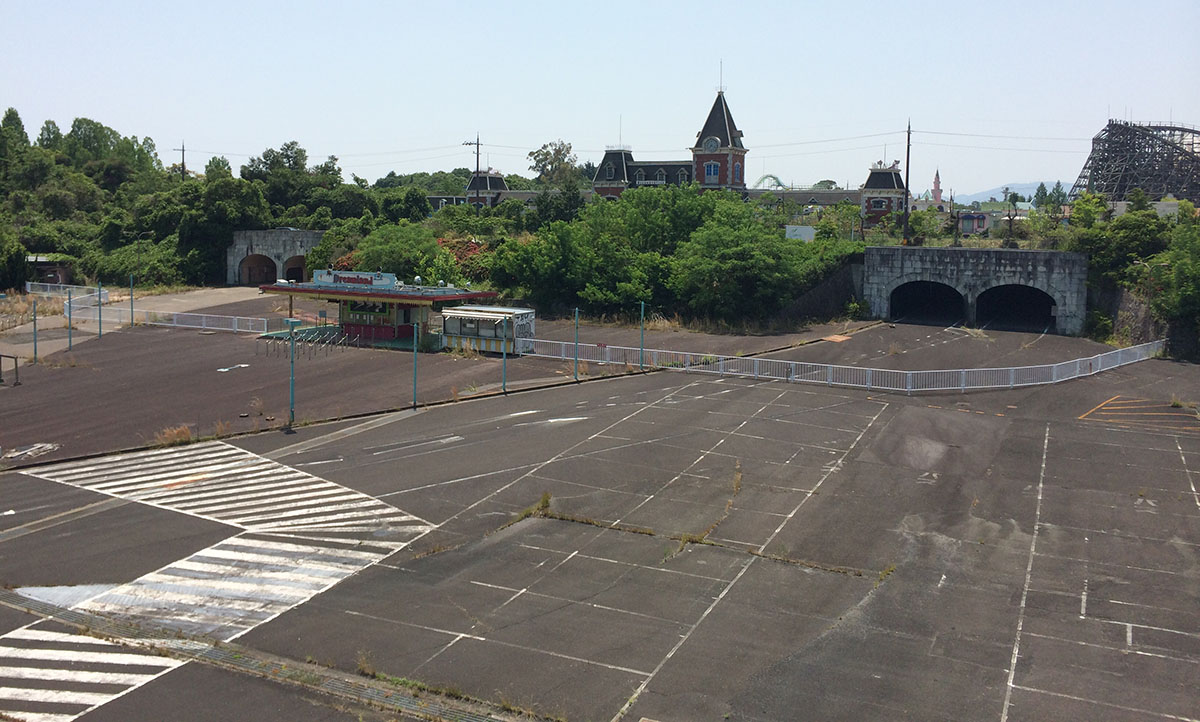
Despite the decline, the park struggled on for nearly two more decades, surviving as a cheaper, regional alternative. However, the final nails in its coffin were hammered in a 2001.
That year, Universal Studios Japan opened in nearby Osaka, a mere 40 kilometres (about 25 miles) away. This was a direct and fatal blow. It was a brand new, multi-billion dollar park with cutting-edge attractions based on blockbuster films like Jaws, Jurassic Park and Back to the Future. It was modern, thrilling and it was right on Nara Dreamland’s doorstep, siphoning away its remaining local and regional audience.
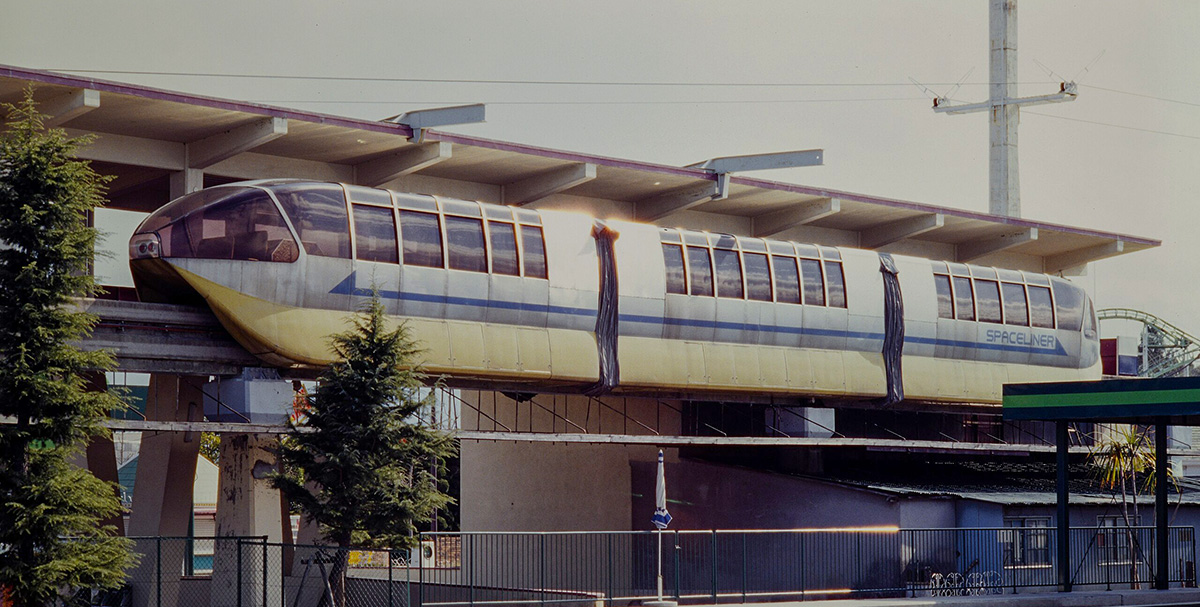
As if the arrival of a major competitor next door wasn’t enough, the Tokyo Disney Resort simultaneously opened its second theme park, the critically acclaimed Tokyo DisneySea. This expansion cemented Tokyo’s status as the undisputed centre of Japan’s theme park universe, offering an experience so unique and grand that it made older parks seem even more obsolete.
Squeezed between the authentic Disney experience in Tokyo and the modern thrills of Universal Studios Japan in Osaka, Nara Dreamland stood no chance. By the early 2000s, it was a shadow of its former self—its attractions were dated, the paint was peeling and the park was in a visible state of disrepair. Visitor numbers collapsed to unsustainable levels. After a long, slow decline, Nara Dreamland closed its gates for the final time on 31 August 2006, unable to compete in a world it had helped introduce to Japan.
What is Nara Dreamland like now?
After Nara Dreamland closed its gates for the last time in 2006, it wasn’t immediately erased. Instead, it entered a new, legendary phase of its existence. For a full decade, the park sat empty and abandoned, slowly surrendering to the forces of nature. It became one of the most famous haikyo (the Japanese word for ruins) in the country and a holy grail for urban explorers, or haikyoists, from all over the world. These explorers would sneak past the fences to document its spectacular decay, sharing stunning photographs online that only grew the park’s mythic status.
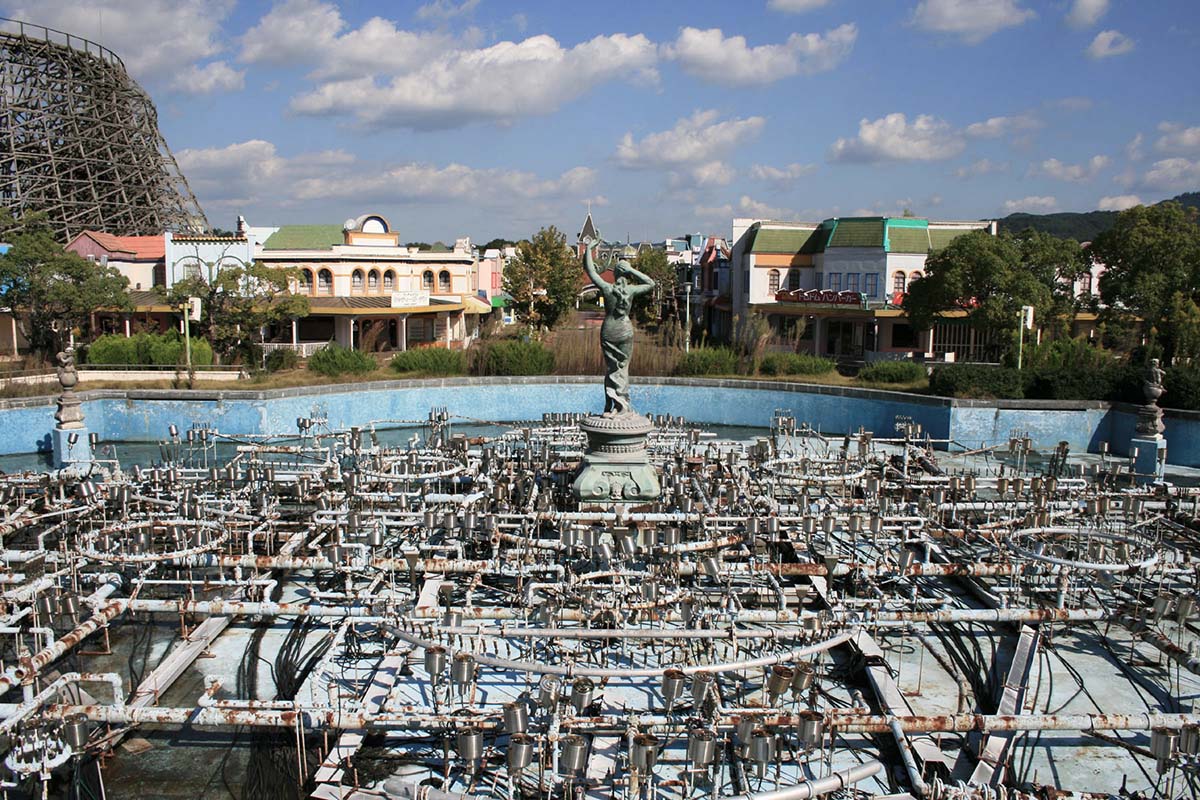
The process of nature reclaiming the park was both haunting and beautiful. Vines and weeds snaked their way up the massive wooden structure of the Aska roller coaster and trees began to sprout from the cracks in Main Street. The once-vibrant pastel colours of the fairy-tale castle faded and peeled under the sun and rain, giving it a ghostly appearance. Inside the shops, merchandise and equipment lay scattered, gathering dust as if the occupants had vanished in an instant. The entire site took on a surreal, post-apocalyptic atmosphere, making it a uniquely photogenic and eerie monument to a forgotten dream.
The park’s time as a ruin was numbered. The land it occupied was valuable and in 2015, the site was finally sold to a real estate company, SK Housing. In October 2016, demolition crews moved in. The process was slow and methodical, lasting over a year. Piece by piece, the icons of Japan’s imitation Disneyland were systematically dismantled.
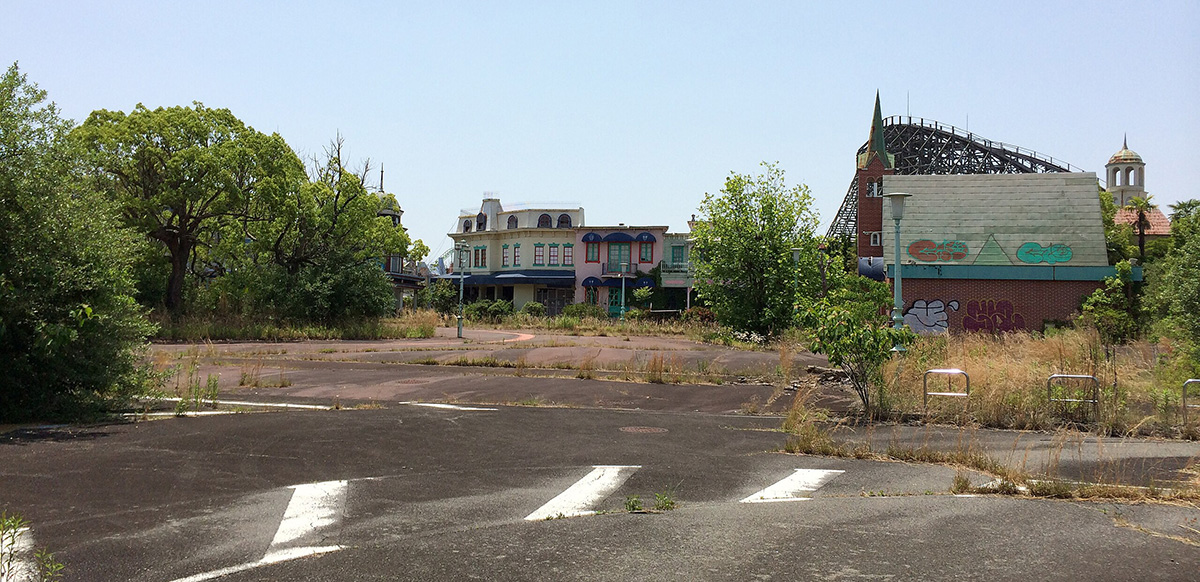
Crews started with the smaller structures before moving to the main attractions. The iconic Matterhorn-style mountain was broken apart and the beloved Aska roller coaster was torn down. By the end of 2017, the entire site had been completely cleared and flattened, leaving an empty, barren field. Today, the land remains vacant, with its future still not officially announced, though redevelopment for housing seems the most likely outcome.
For me, the story of Nara Dreamland is the ultimate example of how fleeting these places are. It wasn’t just abandoned; it was erased. The ‘ghost’ I researched is now gone forever, replaced by an empty lot.
Because I can never visit it myself, I found this incredible exploration video by The Proper People. It documents the park in stunning detail just before the demolition began, preserving the atmosphere of the lost ‘dream’ that I can only explore through screens.

